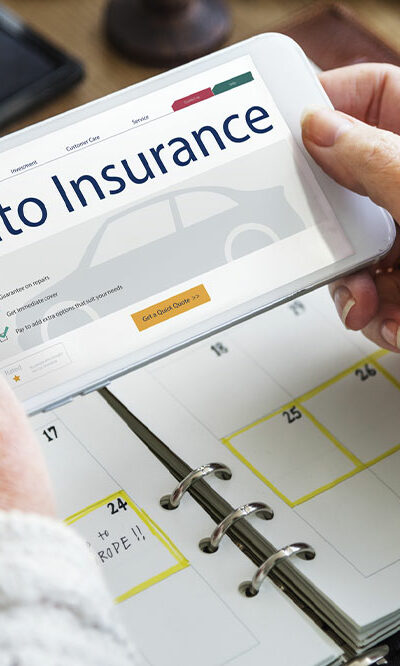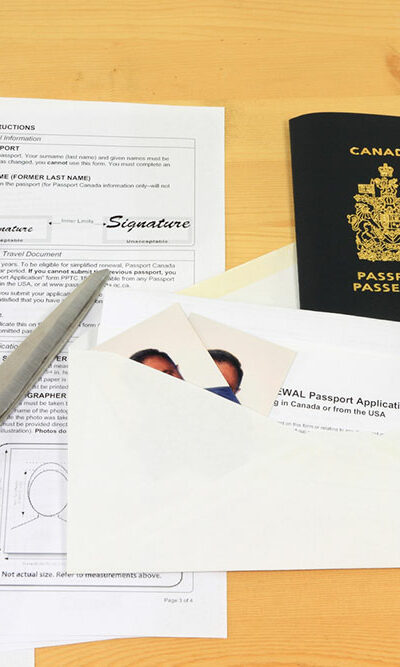
9 common mistakes to avoid with trademark registration
Building a business takes a lot of time, money, and effort. Thus, it is no surprise that companies want to protect their intellectual and financial investments by applying for trademark registration. A trademark is defined as an intellectual property (symbol, logo, words, or phrases) legally registered to identify products or services from a particular entity. This article enlists nine common mistakes one must avoid making when registering a trademark: Not filing for trademark protection The reach of the ™ symbol (also known as the common law trademark) is limited to the geographic boundaries of one’s company. To protect this trademark, one must register their company with the U.S. Patent and Trademark Office (USPTO). To do so, file a trademark application with the organization. Upon receiving a trademark grant from them, businesses can use the ® symbol. Forgetting to research similar trademarks According to USPTO guidelines, it is advisable to scroll through their trademark filing database. This gives companies a better idea of trademarks that have been registered, applied, are in use, or those that have been canceled or abandoned. It is important to note that company taglines also qualify for trademark registration and must be checked thoroughly before applying. Not having a distinctive trademark Filing for a trademark is a tedious as well as expensive process. Using generic names during the same is likely to result in an application rejection. For instance, using a trademark name like “Clothing and Accessories” is a weak and descriptive marker. Given its generic nature, the name is likely to be rejected. Moreover, given the number of clothing and accessories stores around the world, this name would provide little protection and be difficult to enforce. To avoid this hassle, it is best to use a distinctive trademark from either of the following categories: Arbitrary Here, a company uses a term with a known meaning.










